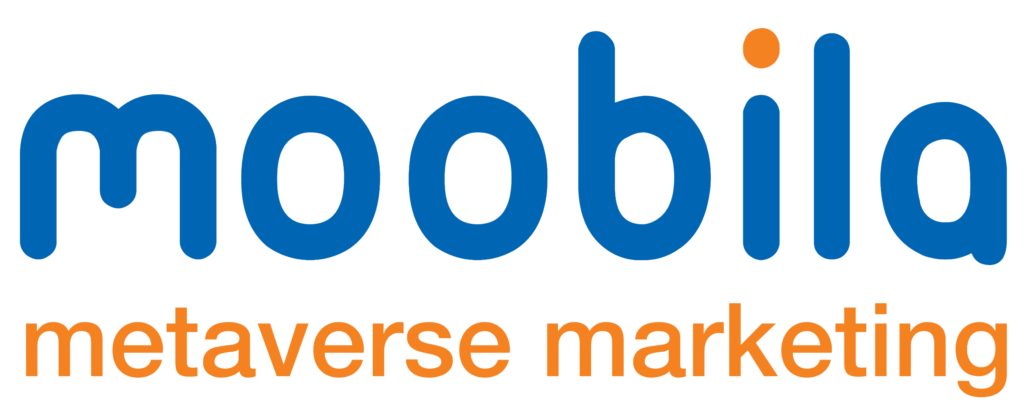The world of software development is undergoing a seismic shift. Artificial Intelligence (AI) has emerged as a game-changer, dramatically reducing the time required to design, build, and deploy applications. What once took developers weeks or months can now be accomplished in mere hours or even minutes.
In this blog, we’ll explore how AI is reducing development time in 2025, and revolutionizing coding, debugging, and software deployment.
The Role of AI in Accelerating Development
AI-driven tools are streamlining the development process by automating tedious and repetitive tasks. These tools not only enhance efficiency but also ensure higher accuracy in coding, testing, and deployment. Let’s break down the key ways how AI is reducing development time in 2025
1. AI-Powered Code Generation
Developers no longer need to write every line of code from scratch. AI-assisted coding tools like GitHub Copilot and Tabnine generate code snippets, complete functions, and even suggest full algorithms. These tools analyze existing code and recommend improvements, significantly cutting down development time. This is a prime example of how AI is reducing development time efficiently.
2. Automated Debugging & Error Fixing
Debugging has always been a time-consuming task. AI-powered debuggers like DeepCode and Amazon CodeGuru identify errors and suggest precise fixes instantly. By analyzing thousands of code repositories, these tools detect patterns in errors and provide optimal solutions, reducing time spent on troubleshooting. Such advancements showcase how AI is reducing development time in modern software engineering.
3. AI in Software Testing
Traditional software testing requires writing and executing test cases manually, often leading to bottlenecks. AI-driven testing tools like Testim and Applitools automatically generate, run, and optimize test cases. They can predict potential failures and suggest improvements before the software reaches production. AI-driven testing is one of the key factors in how AI is reducing development time effectively.
4. Natural Language Processing (NLP) for Requirement Analysis
Gathering and analyzing software requirements is a complex process. AI-driven NLP tools translate human language into structured software requirements, eliminating misunderstandings between developers and stakeholders. This ensures that development aligns with user expectations from the start. NLP is another example of how AI is reducing development time by simplifying communication.
5. AI-Powered DevOps and Continuous Integration/Continuous Deployment (CI/CD)
In modern software development, speed and reliability are crucial. AI enhances DevOps by automating CI/CD pipelines, optimizing deployment schedules, and predicting potential failures. Tools like Jenkins, Harness, and Google’s AI-powered cloud services streamline development cycles, reducing release times from weeks to hours. AI-driven DevOps is a crucial part of how AI is reducing development time for enterprises.
6. AI for UI/UX Design and Prototyping
Front-end development and UI/UX design can take weeks to perfect. AI-driven design tools like Figma’s AI-powered plugins and Adobe Sensei automate wireframing, suggest design improvements, and generate responsive layouts. This speeds up the prototyping phase and ensures a seamless user experience. The role of AI in UI/UX shows how AI is reducing development time for designers and developers alike.
7. AI in Database Management
AI-powered database management systems optimize queries, enhance indexing, and automate data migrations. This significantly reduces the time required for database setup, maintenance, and performance tuning. Tools like Oracle Autonomous Database leverage AI to manage data autonomously, minimizing human intervention. Efficient database management is yet another way how AI is reducing development time in 2025.
A Comparative Look: AI vs. Traditional Development Time
To understand the true impact of AI, let’s compare traditional development time with AI-driven development across key processes:
| Development Process | Traditional Timeframe | AI-Enhanced Timeframe |
| Code Generation | Weeks | Hours |
| Debugging & Error Fixing | Days to Weeks | Minutes to Hours |
| Software Testing | Weeks to Months | Days to Weeks |
| Requirement Analysis | Weeks | Hours |
| UI/UX Prototyping | Weeks | Hours |
| Deployment & DevOps | Days to Weeks | Minutes to Hours |
| Database Management | Days | Minutes to Hours |
The Future of AI in Development
As AI continues to evolve, we can expect even greater efficiency in software development. Emerging trends such as generative AI for full-stack development, AI-driven security testing, and real-time AI assistance for coding will further accelerate the process. These innovations will continue to demonstrate how AI is reducing development time across various domains.
Companies that adopt AI-driven development methodologies will gain a competitive edge, delivering high-quality software faster and at a lower cost. The integration of AI into development workflows is no longer optional it’s essential for staying ahead in 2025 and beyond.
Summing it Up
The impact of AI on software development is undeniable. From automating code generation and debugging to optimizing DevOps and UI/UX design, AI is reshaping the industry. The shift from hours to minutes in development time is not just a vision for the future it’s happening now. Businesses that embrace how AI is reducing development time will lead the way in innovation and efficiency.
Among the leading AI-driven development solutions, Moobila stands out by offering state-of-the-art AI-powered tools that streamline coding, testing, and deployment. By leveraging Moobila’s cutting-edge technology, companies can experience firsthand how AI is reducing development time and revolutionizing the software development process.



